Pink, which our minds automatically associate with feelings of love and passion, is actually an extremely stimulating color. Femininity, mildness, and tenderness are all qualities that come to the fore when one sees the color pink. But pink’s true strength lies in its capacity to spark imagination and bring on a state of euphoric bliss.
During the Rococo era, which lasted from 1720 to 1777, pink first left its imprint on the globe in an artistic sense. Pink is a color that the entire world adores, from the petal-inspired gentle shade of the high society era to the vibrant, modern hue. When they wish to create a mood that is more muted and peaceful, many artists and designers prefer pink and red. Whether it’s a feisty fuchsia or a peachy pink, this color always seems to make people feel happy and optimistic.
There are several pink tones to pick from, and you may be curious as to what colors combine to form pink and the way you might create this lovely hue on your own. It’s very simple to create pink, and a variety of pink tones may be made with a slight tweak of the formula.
What Colors Make Pink?
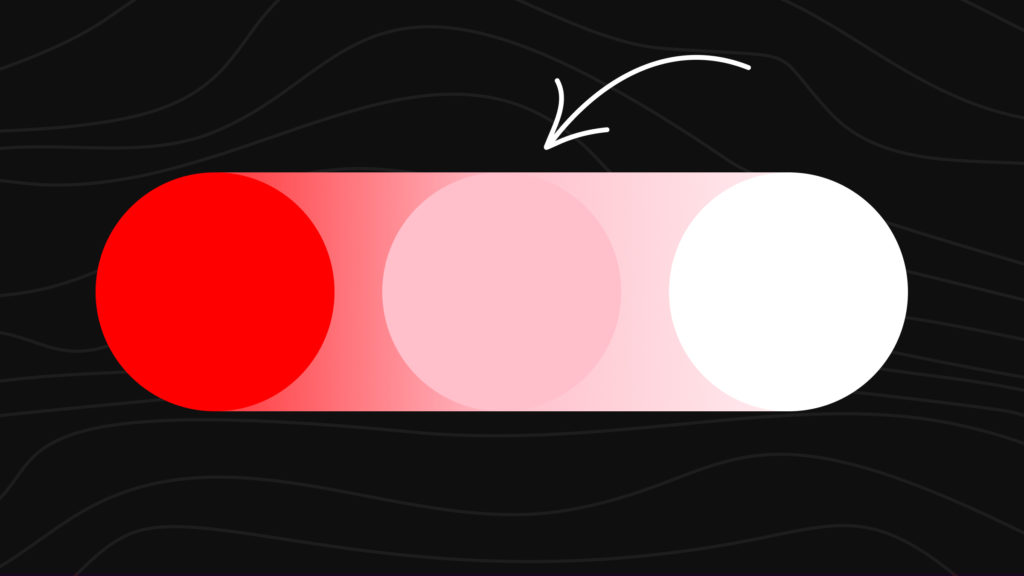
Making pink involves reducing the intensity of a red color. You may create pink by adding red and white together. However, there are a few mistakes that you should avoid if you wish to combine white and red to create pink. First, you can’t just produce pink by mixing red and white. The trick is to start with a white blob and gradually add red dots to it. This will keep you from having to deal with the typical issue of the pink shade being excessively dark. Because trying to “tone down” red with white is such an intense job, using this technique will make the process quicker and less complicated for you.
If you want to make pink, just add more and more of your selected red paint color to your white paint, and keep mixing until you reach your desired pink shade.
Making Different Pink Hues
Having a palette of colors to choose from is essential when designing or painting with a certain hue. Once you’ve settled on the perfect shade of pink, you’ll want to do a few color shifts to give the hue more depth and character. For instance, painting a rose requires a range of pink tones, including deeper tones for shadows and brighter tones for highlights. Tints, subdued colors, and shadows help to create the depth and perspective necessary for realistic paintings.
How to Mute a Shade of Pink?
When painting or designing, the brightest pink tones are not always the best choice. In order to create more visual interest and variation in your designs, it is occasionally important to tone down your vivid pink tones. It is common practice to dilute a color by adding a little amount of its complementary hue. Green-yellow is the complementary colour to pink, and just a touch of it can dull even the brightest pink. To downplay a certain shade of pink, use a greenish-yellow shade in line with the specific hue of pink that you wish to mute.
Making Dark Pink
Changing the proportions of the pink mixture is the simplest way to achieve a dark pink color. If you want a deeper pink, just increase the quantity of red color.
Take care when employing this technique, since adding even a small amount of red will drastically alter the shade of your pink.
Mixing in some black or purple might help you get a deep plum pink.
Making Light Pink
By now, it is probably clear that adding more white to your pink mixture will make it lighter. Yet, you may be interested in producing pink without white. To create pink, mix the red with a pale yellow shade (Cadmium Lemon would be a good choice). You can also produce a peachy pink by mixing light yellow with white if creating pink without white is not essential for you.
Yellow is generally bright, and can keep your pinks from looking washed out by the white. If you test this out for yourself, you’ll see that the resulting pinks are more like coral and peach tones. When combined with a white and yellow color scheme, even the red tones that tilt closer toward purple take on a peach undertone. This tiny fun activity can teach you a lot about color bias.
What Colors Go Best with Pink?
People sometimes shy away from using pink because they are unsure of how to pair it with other colors. The surprising nature of pink’s best pairings is one reason why working with this color is so much fun.
Here are a few colors that best complement pink:
Blue
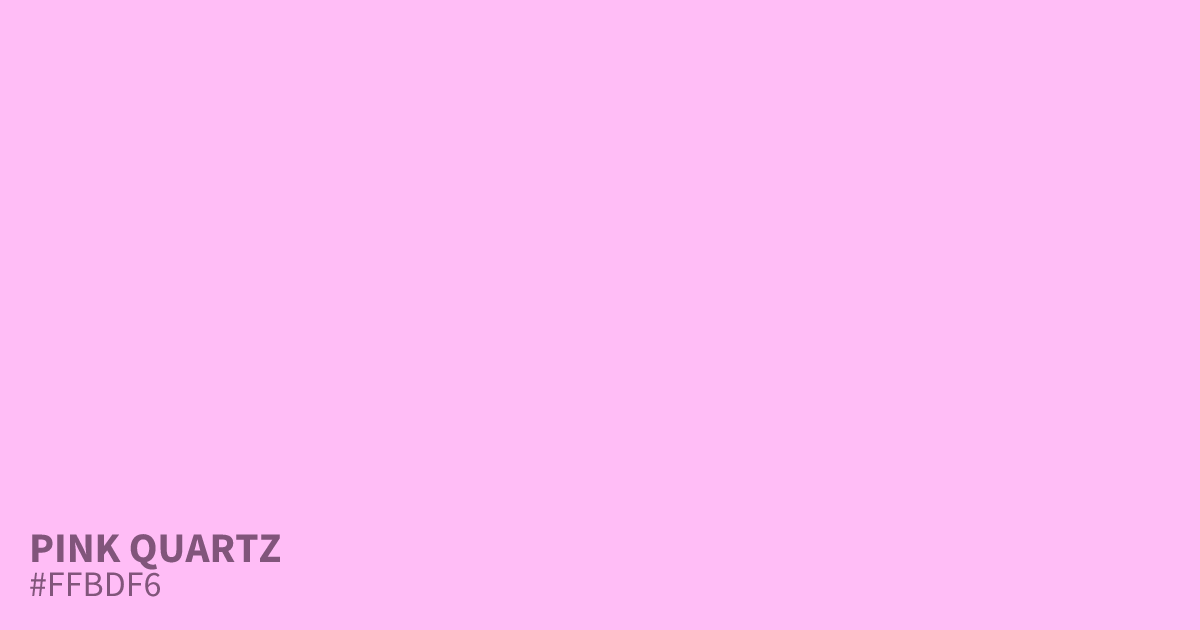
When combined with subdued pinks, blue takes on a whole new life.
As an added bonus, many individuals enjoy the fun contrast that is created when the conventional feminine and masculine hues are used together.
Green
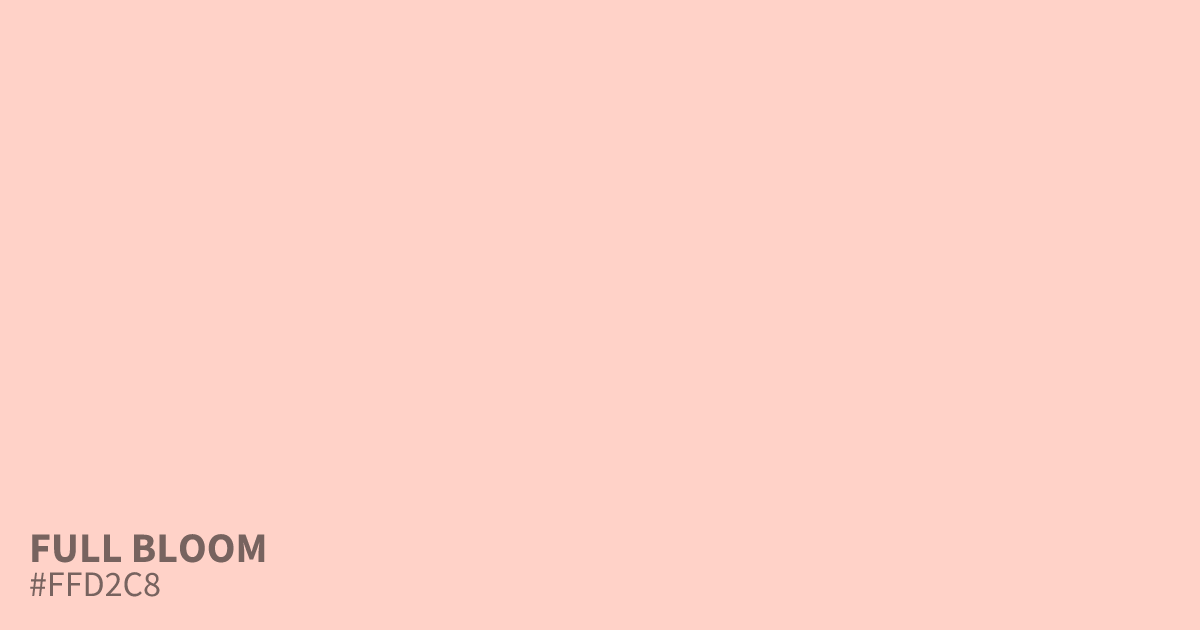
Pairing green and pink is as natural as the relationship between a flower and its stalk.
Brown
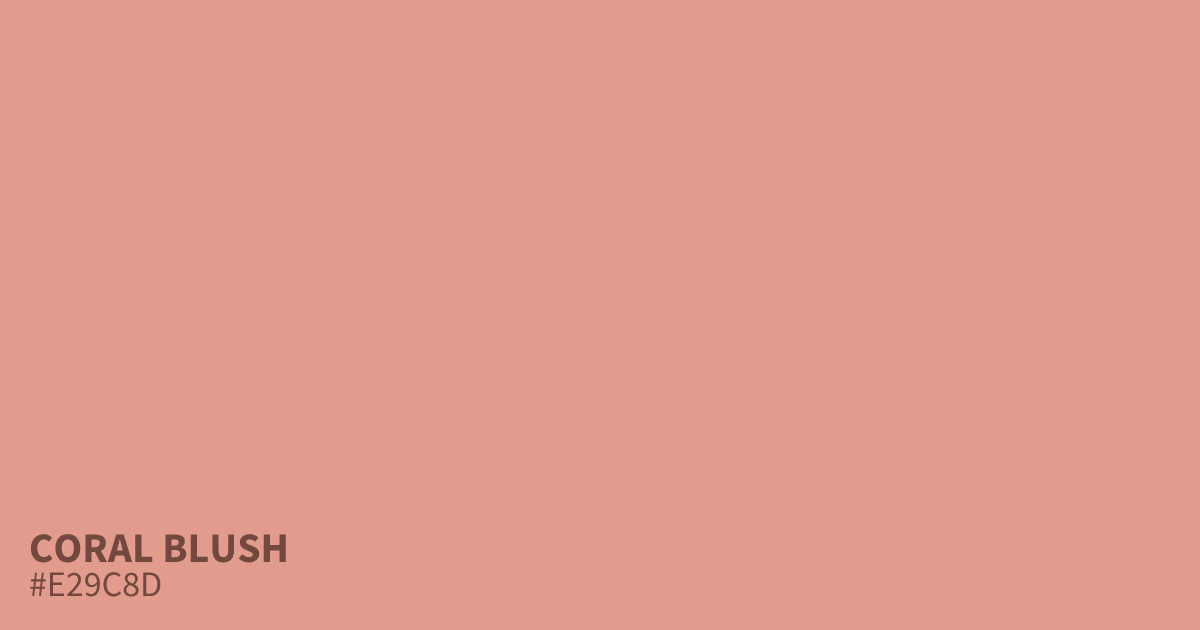
The combination of brown and a dusty pink feels really earthy and pure.
Gray
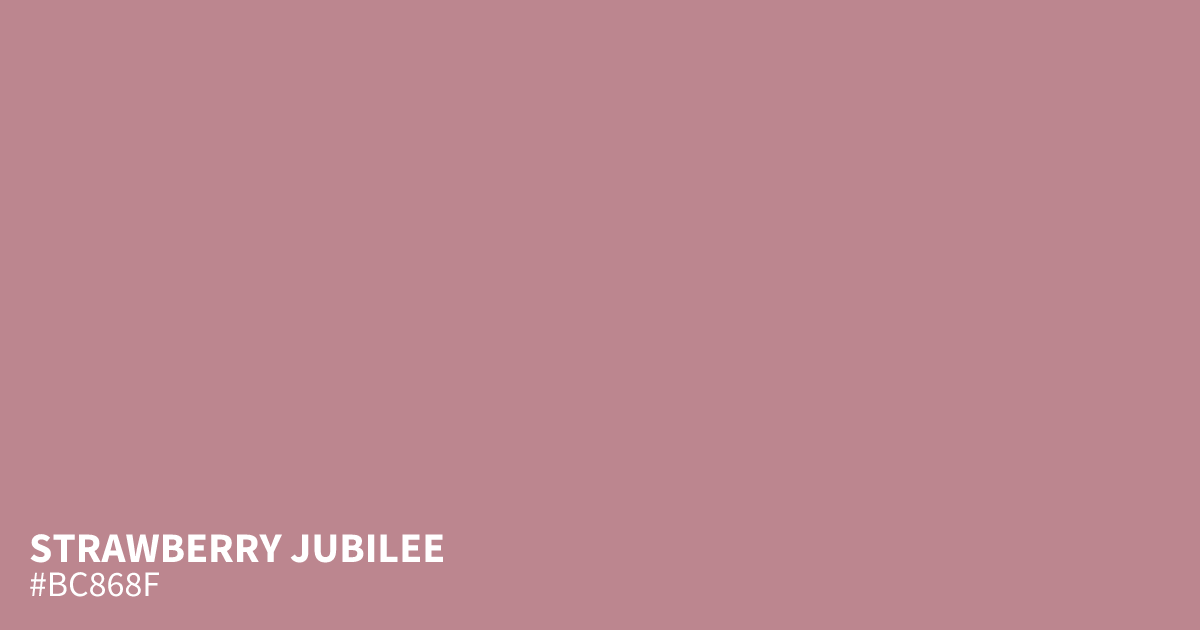
The combination of grey and pale pink is soothing and elegant.
Yellow
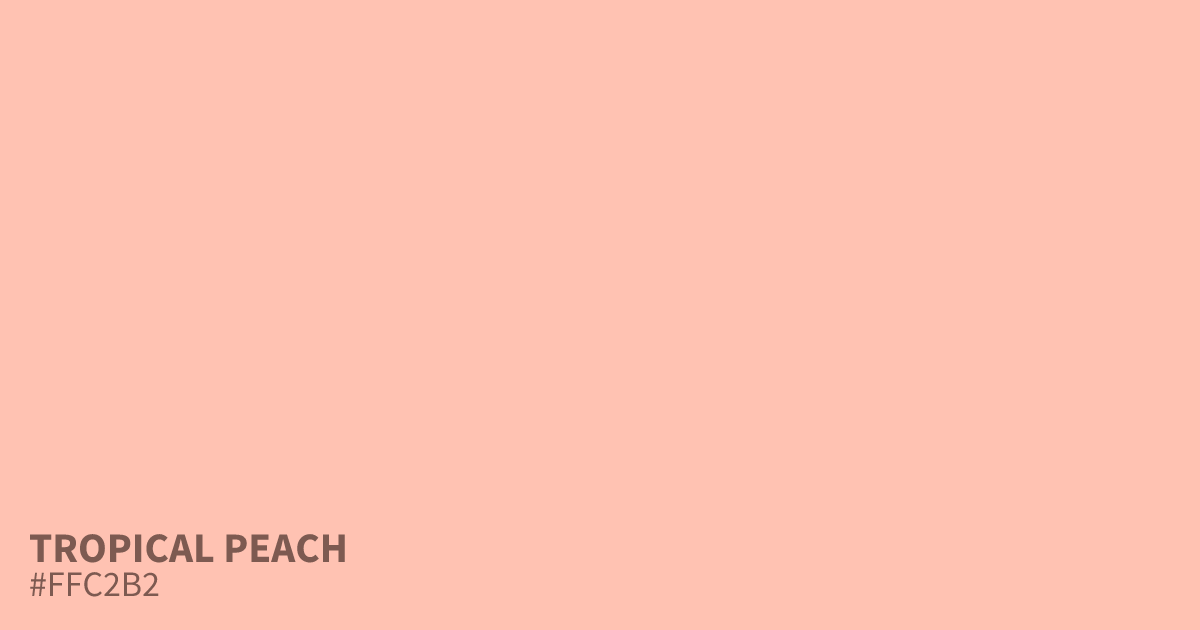
The combination of bright pink accents with a prominently yellow scheme creates a style that is both tropical and joyous.
Gold
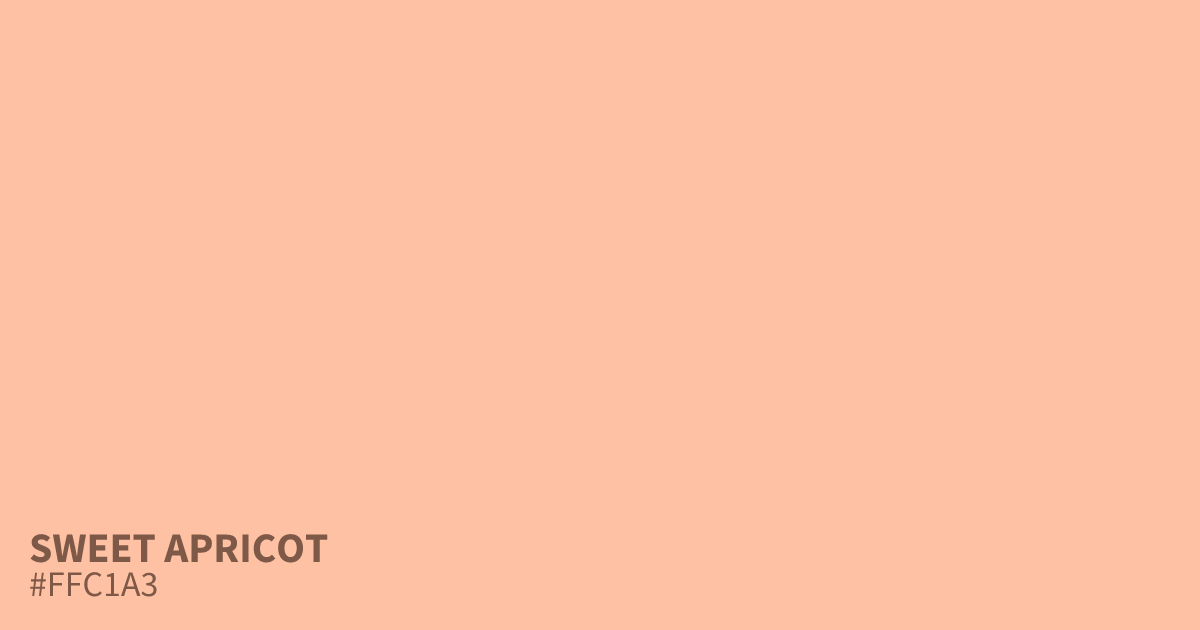
The combination of pink and gold tones is a throwback to the Victorian aristocracy.
Wrapping Up
The most important thing to remember is that the color pink is significantly more adaptable than most people give it credit for. This hue may be used to emphasize a fun and flirty vibe, but that is far from its only application. Combining pink with other colors that highlight its red undertones may give an artwork a sense of vitality and vigor.
To learn more about mixing and creating colors, please feel free to check out other posts on our blog.

